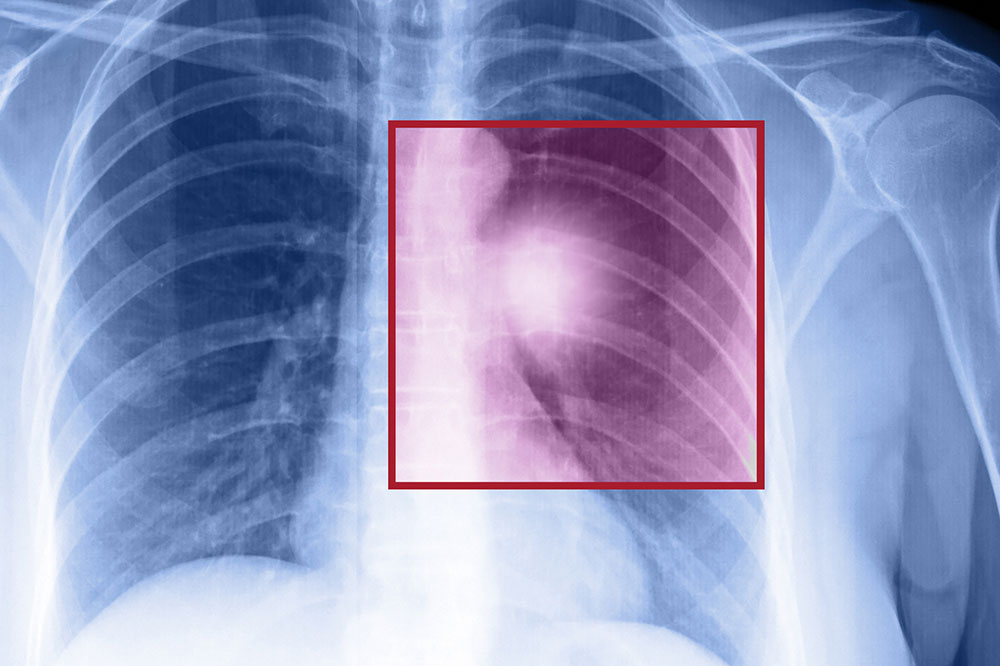Comprehensive Guide to Bladder Cancer: Types, Symptoms, and Early Detection
This comprehensive guide explores bladder cancer, detailing its main types, symptoms, and the importance of early detection. With rising global incidence rates, understanding these aspects is crucial for timely diagnosis and effective treatment. Learn about the risk factors, warning signs, and available diagnostic methods to safeguard your health against this common yet preventable disease.

Comprehensive Guide to Bladder Cancer: Types, Symptoms, and Early Detection
Bladder cancer has become an increasingly prevalent health concern worldwide, with its incidence rates rising steadily over recent decades. Particularly in the United States, bladder cancer ranks as the fourth most common cancer among men, underscoring the importance of awareness, early diagnosis, and effective treatment strategies. While it predominantly affects men, women are also susceptible, though at a lower rate. Understanding the intricacies of bladder cancer, including its various types and warning signs, can significantly enhance early detection and improve patient outcomes.
Bladder cancer develops from abnormal proliferation of urothelial cells—the specialized cells that line the inside of the bladder. These abnormal cells can form tumors, which may be benign (non-cancerous) or malignant (cancerous). Malignant tumors pose a greater health threat because they tend to grow aggressively and have the potential to invade surrounding tissues and metastasize to other parts of the body. Recognizing the differences between benign and malignant growths, along with being aware of the specific types and symptoms, is critical for both patients and healthcare providers.
Major Types of Bladder Cancer
Urothelial Carcinoma (Transitional Cell Carcinoma): This is by far the most common type, accounting for approximately 90% of bladder cancer cases. It originates from the urothelial cells, which can stretch to accommodate varying amounts of urine. This adaptability makes urothelial carcinoma particularly insidious, as it can develop in different parts of the urinary tract, including the bladder, ureters, and renal pelvis.
Squamous Cell Carcinoma: This type develops due to chronic irritation or inflammation in the bladder, often stemming from long-standing infections or exposure to irritants. It is less common but tends to be more aggressive than urothelial carcinoma. Squamous cell carcinoma is associated with risk factors such as prolonged bladder infections and certain types of schistosomiasis, a parasitic disease prevalent in some regions.
Adenocarcinoma: Arising from glandular tissue within the bladder wall, adenocarcinoma is relatively rare. It can sometimes be mistaken for other types of cancer due to its glandular origin. Its development is associated with adenomatous lesions and other pre-cancerous conditions.
Sarcomas and Small Cell Cancers: These are rare subtypes but tend to be more aggressive and rapidly grow or spread. Sarcomas originate from mesenchymal tissue, whereas small cell cancers are neuroendocrine tumors that can metastasize early, demanding prompt and intensive treatment.
Recognizing the Signs and Symptoms of Bladder Cancer
Hematuria (Blood in Urine): The most common presenting symptom, hematuria often manifests as reddish or dark-colored urine. It may be intermittent or continuous, and in some cases, microscopic blood might only be detectable via laboratory testing.
Painful or Burning Urination: Discomfort or a burning sensation during urination can indicate tumor presence or inflammation in the bladder lining.
Changes in Urine Color: Urine may appear darker, reddish, or brownish, signaling possible bleeding within the urinary tract.
Urinary Urgency and Frequency: An increased urge to urinate or a feeling of urgency, even with a nearly empty bladder, can be warning signs.
Difficulty Urinating: A sensation of incomplete emptying or difficulty starting urination may occur as tumors grow and obstruct urinary flow.
Lower Back Pain: Persistent pain on one side of the lower back could be indicative of advanced disease or tumor invasion into surrounding tissues.
If you experience any of these symptoms, it is crucial to seek medical advice promptly. Early diagnosis often leads to more effective treatment options and better prognosis.
Ample awareness about bladder cancer, its types, and warning signs is vital for timely intervention. Regular checkups, especially for those with risk factors such as smoking, age, or chronic bladder inflammation, can help in early detection and management. Advances in diagnostic tools, such as urine cytology, cystoscopy, and imaging studies, have significantly improved the accuracy of diagnosis. Treatment options vary depending on the cancer's stage and grade, ranging from minimally invasive procedures to extensive surgeries and chemotherapy. Educating oneself about bladder cancer empowers individuals to take proactive health measures, ultimately saving lives and enhancing quality of life.




